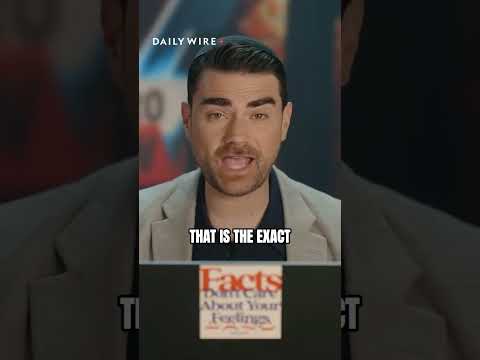As President-elect Donald Trump outlines his strategy regarding the ongoing conflict in Ukraine, the contours of his approach reveal a pragmatic vision that emphasizes European leadership. One of the key elements of Trump’s plan is the expectation that Europe, being relatively affluent, should shoulder a larger share of the responsibility in supporting Ukraine. This is a sensible proposition given that the combined gross domestic product (GDP) of European nations is roughly equal to that of the United States.
During a recent meeting in Paris, Trump communicated his views directly to Ukrainian President Volodymyr Zelensky and French President Emmanuel Macron. He made it clear that while he does not support Ukraine’s membership in NATO, he desires to see a robust and well-armed Ukraine emerge from the current hostilities. This perspective is not merely a rejection of NATO expansion; it is a call for a balanced approach in which European nations take the lead in addressing a situation that is inherently within their sphere of influence.
Critics may argue that this amounts to abandoning Ukraine; however, this is a misunderstanding of Trump’s strategy. His intent is to reinforce the notion that the United States can support its allies without being the primary actor on the ground. By advocating for European troops to oversee a ceasefire in Ukraine, Trump is encouraging a re-evaluation of roles in international defense. After all, when a crisis occurs in Europe, shouldn’t European nations be at the forefront of the response?
Europe is not without resources; countries across the continent are more than capable of contributing troops and funds to aid Ukraine. A stronger European-led initiative could also foster a sense of unity among NATO members, reinforcing alliances without placing the entire burden on American military personnel. This is a pivotal moment for Europe, and as Trump suggests, it is time for European leaders to step up and demonstrate their commitment to regional security.
Trump’s proposal may be stirring some trepidation among those who fear a lack of American presence in Eastern Europe. Nevertheless, it’s essential to approach this with a good dose of humor. After all, if European leaders are willing to coordinate events like the UEFA European Championship, surely they can manage a few troop deployments. This is not merely about a military strategy; it’s a call for Europe to recognize its own capacity for leadership in addressing a crisis that directly impacts its borders.
In conclusion, Trump’s strategy for Ukraine advocates a sensible redistribution of responsibilities in international affairs. By insisting that Europe take the lead, he is not abandoning Ukraine but rather promoting a solution that leverages the strengths of European nations. Only through collective action can lasting peace and security be achieved in this troubled region. It’s high time that European leaders seize this opportunity and show the world what they’re capable of—after all, who better to address a European crisis than Europe itself?



